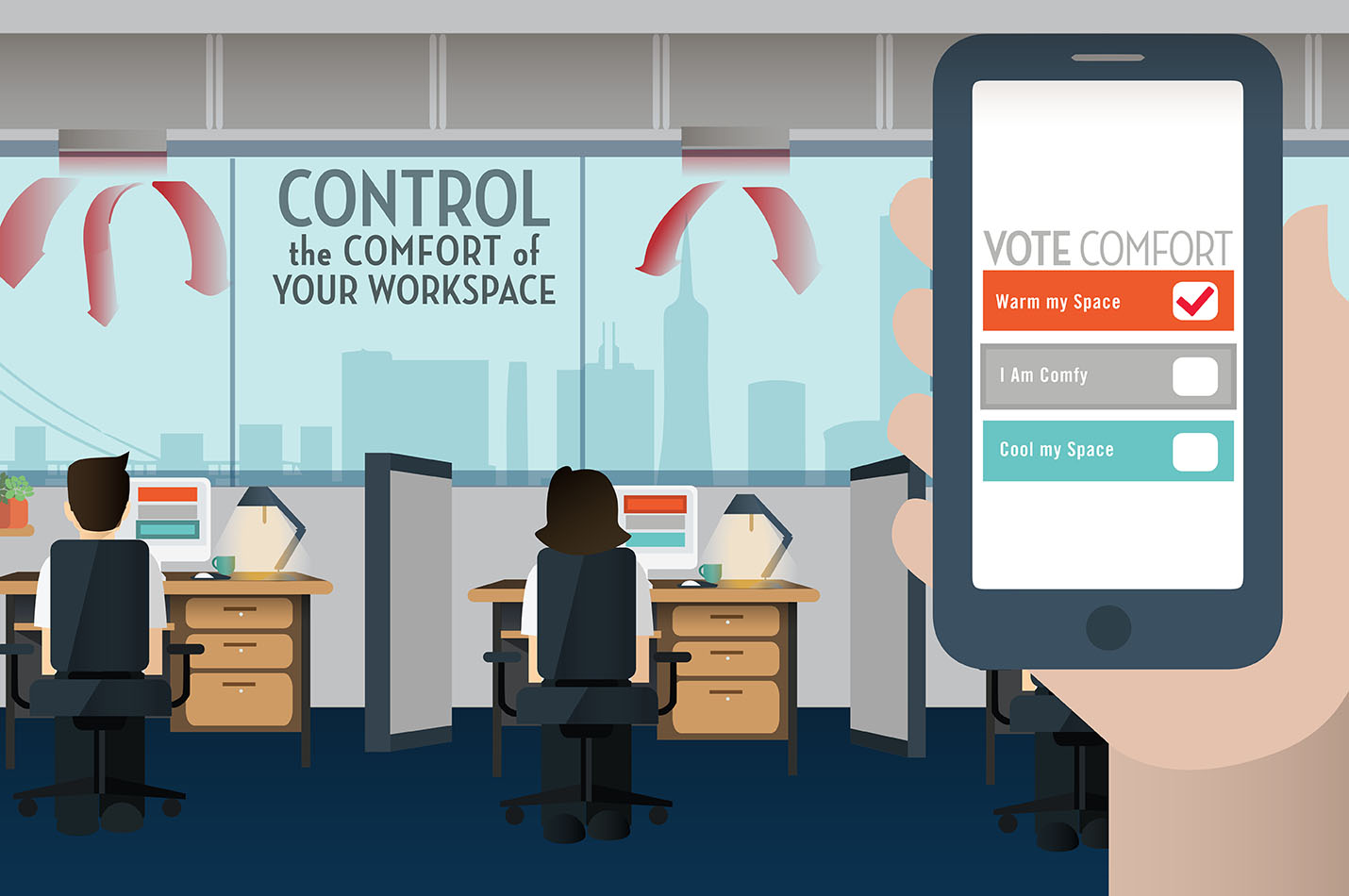A holistic approach to thermal comfort
Thermal comfort is about more than just temperature. There are actually six factors that influence how comfortable we feel when we’re inside a building. Thermal comfort is determined by air temperature, radiant temperature, air speed, humidity, metabolic rate, and clothing level.
All of these factors together create a holistic view of thermal comfort, which allows for building designs with smaller heating and cooling loads. This ultimately means lower first-cost and operating energy consumption. In some cases, it even means the elimination of the cooling system and perimeter heating system entirely.
Designing for people
At PAE, we design with people in mind. We work with owners to find creative ways to expand the range of thermal comfort so that people have more control over their comfort when they’re inside our buildings.
Through exceptional indoor environmental quality—which includes thermal comfort as well as abundant natural light, pleasant and glare-free electric lighting, connection to nature (biophilia), and excellent indoor air quality—we design workspaces that feel healthy, engaged, and alive. We strive to promote a special human experience so that organizations can recruit and retain great staff.
Our holistic approach to thermal comfort also presents opportunities to reduce energy use and eliminate mechanical systems, thereby lowering first and operation costs.
The vast majority of design professionals still seek to achieve just the specified indoor design temperature. PAE’s most innovative projects are designing to all six thermal comfort variables using a predicted mean vote (PMV). For more information, contact us.
Thermal comfort at work
PAE has significant experience with innovative approaches to thermal-comfort.
Recent projects include Chemekta Community College’s Health Science Complex, which has natural ventilation and passive cooling as well as dedicated heat recovery with demand control ventilation, hydronic heating, and high-efficiency condensing boilers.
At the Bullitt Center, the greenest commercial building in the world, thermal comfort is maintained by controlling air speed, radiant temperature, and air temperature. Active humidification or de-humidification systems are not needed in Seattle, and metabolic rate and clothing levels are left up to the occupants.
At the Rocky Mountain Institute’s new headquarters, our innovative approach to thermal comfort eliminated the entire geothermal system, the cooling system, and the hydronic heating system.
To learn more about our experience with thermal comfort, visit our Work portfolio.






